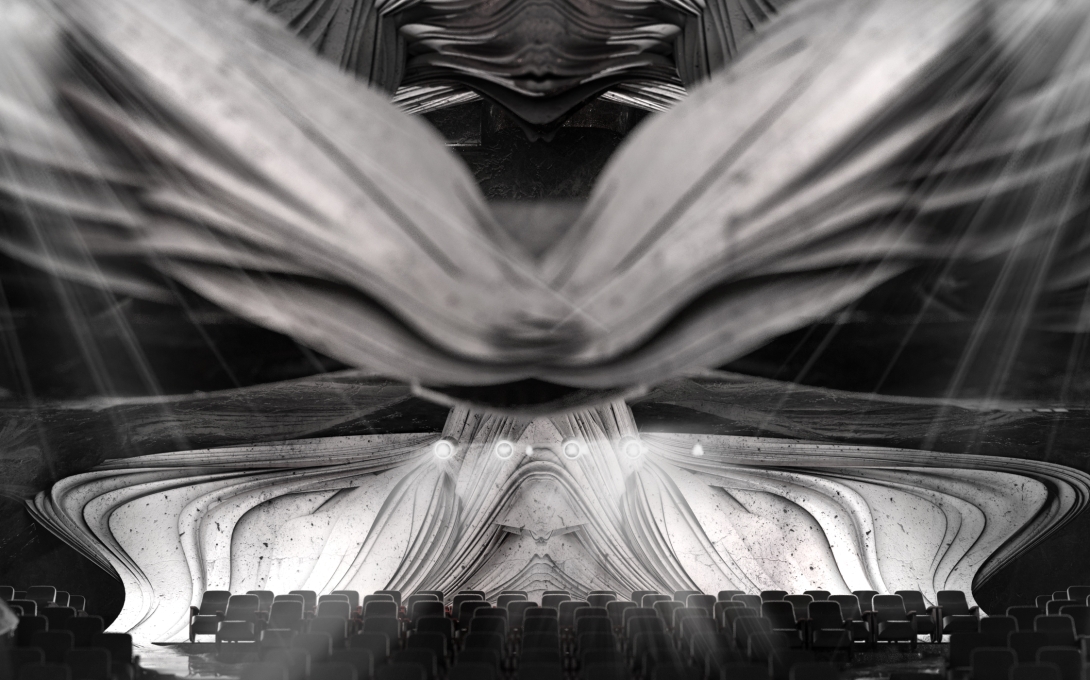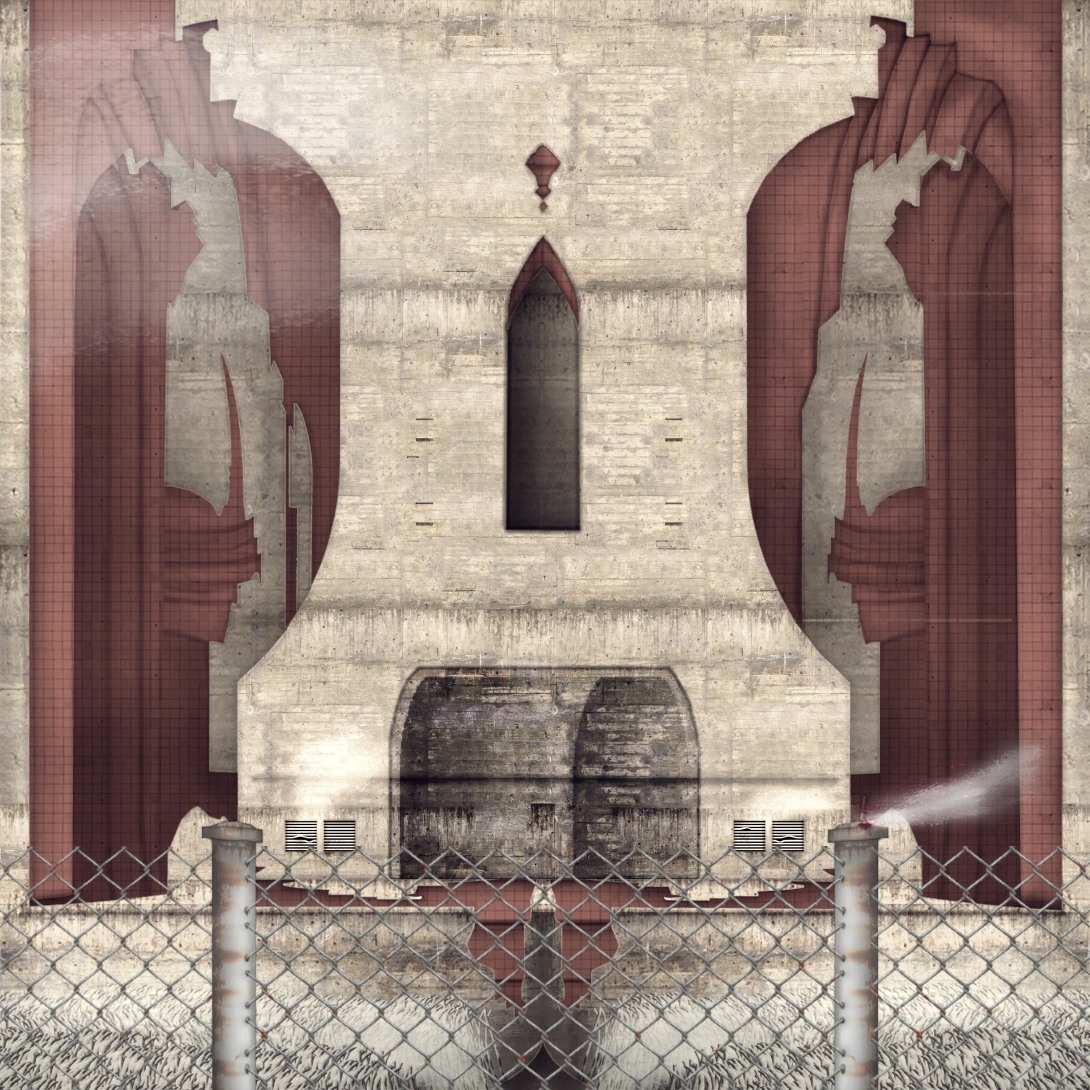Patrick William Danahy (MArch’20)
As a young designer, Patrick has worked with a range of respected architects and designers within the field of architecture including Assistant Dean of Yale Mark Foster Gage, assisting in research and teaching at the University of Pennsylvania under Danielle Willems and Ezio Blasetti, Brian DeLuna, Kutan Ayata, Nate Hume, and Robert Stuart-Smith. As an undergraduate student at Clemson University, Patrick pursued research in the field of composite manufacturing and direct digital manufacturing under David Lee, and Joseph Choma.
In addition to the Kanter-Tritsch Prize, he has received recognitions including: the Van Alen Traveling Fellowship, the Paul Cret T-Square fellowship, the Dales Traveling Fellowship, the Kohn Fellowship, the introductory digital workshop prize, the Schenk-Woodman Merit Award, as well as placing in several international competitions ranging from open design competitions with Volzero, Evolo, HOK Futures, HKS Mid-Atlantic Design Fellowship and the AIA state awards for Maryland.
Danahy was selected by a jury that included Cecil Baker, principal and architect, Cecil Baker + Partners, Winka Dubbeldam, Miller Professor and chair of Weitzman Architecture, Homa Farjadi, principal, Farjadi Architects, and Weitzman professor of practice, Lori Kanter Tritsch, Weitzman alumna and overseer, and Weitzman Dean and Paley Professor Frederick Steiner.
Meet Patrick William Danahy

-
 The image shows the formal nesting that happens at the façade to blend discrete programmatic interior space from an exterior aesthetic effect.
The image shows the formal nesting that happens at the façade to blend discrete programmatic interior space from an exterior aesthetic effect. -
 Depth and focus are used to interrogate modes of representation, frontality, form and texture to develop a project that pushes context, narrative, space, image and questions realism as a primary representational technique.
Depth and focus are used to interrogate modes of representation, frontality, form and texture to develop a project that pushes context, narrative, space, image and questions realism as a primary representational technique. -
 The theater interior, submerged below grade, mimics formal and textural qualities of the façade to visually tie different programmatic spatial elements together, while masking the overall form of the existing theater.
The theater interior, submerged below grade, mimics formal and textural qualities of the façade to visually tie different programmatic spatial elements together, while masking the overall form of the existing theater.


